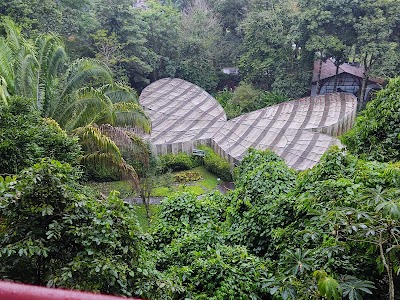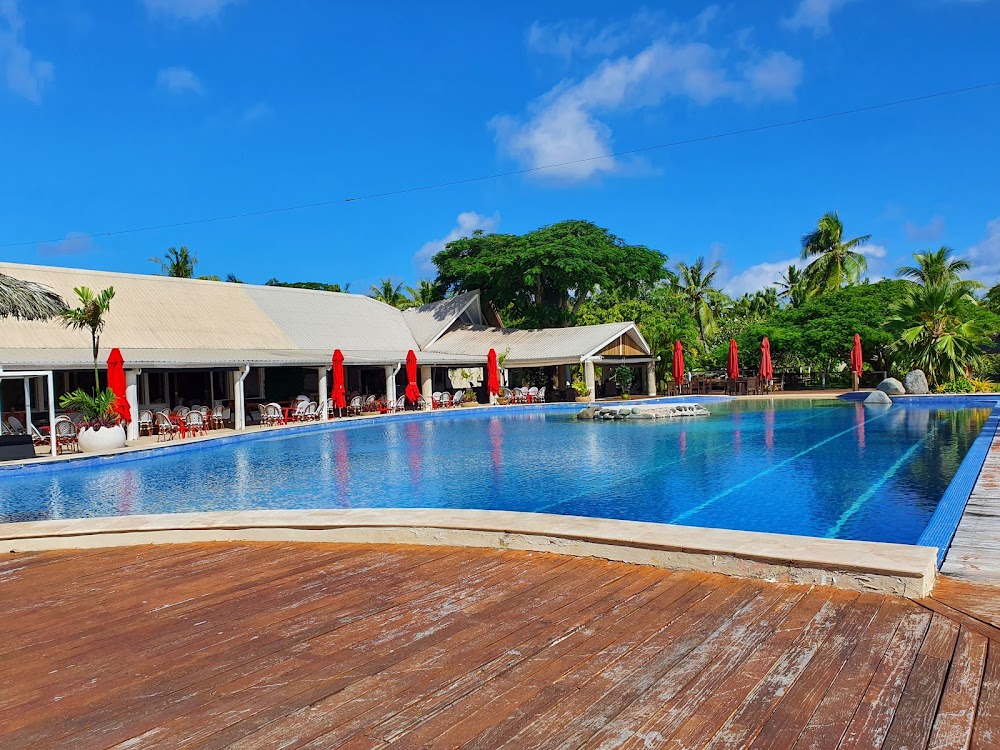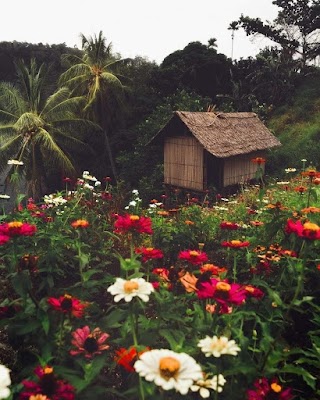Oro Province Museum (Oro Provins Muesum)
Overview
Oro Province Museum: A Cultural Gem in Papua New Guinea
Located in the heart of Oro Province, Papua New Guinea, the Oro Province Museum is a captivating treasure trove of cultural heritage and history. This essential stop provides visitors with a unique insight into the rich traditions of the local communities, making it a must-visit for anyone interested in the diverse cultural tapestry of Papua New Guinea. Nestled in a region renowned for its breathtaking natural beauty, including the iconic Kokoda Track and the stunning coastline of Tufi, the museum presents a fascinating blend of historical artifacts and vibrant contemporary life.
The museum is housed in a modest yet charming building that reflects the architectural styles of local villages, immersing visitors in the authentic atmosphere of the region from the moment they arrive. Established with the vision of preserving and showcasing the Oro people's cultural history, the museum has evolved into a vital cultural hub. It serves not only as a repository of the past but also as a center for learning and cultural exchange.
Traditional Artifacts: A Window into the Past
One of the highlights of the Oro Province Museum is its extensive collection of traditional artifacts. Among these are intricately crafted masks adorned with feathers and shells, used in various ceremonial dances and rituals. Each mask tells a story, representing different spirits, ancestors, and local deities. The exceptional craftsmanship showcased in these artifacts reflects the artistic skills and spiritual beliefs of the Oro people, captivating visitors with the detailed work and profound meanings behind each piece.
In addition to the masks, the museum features an impressive array of traditional tools and instruments that provide insight into the daily lives of the Oro people from centuries past. From hunting and fishing tools to farming implements, each artifact narrates the ingenious ways in which the locals adapted to their environment. For example, the wooden canoes and fishing nets highlight the significance of the sea in their daily lives, illustrating a deep symbiotic relationship with nature.
Textiles and Costumes: A Vibrant Heritage
The museum also showcases an array of textiles and costumes, which are among the most colorful displays. Traditional garments, often woven from natural fibers and dyed with organic pigments, exemplify the Oro people's rich heritage in textile arts. These costumes are not just clothing; they represent identity and cultural pride, worn during significant ceremonies and celebrations.
Wartime History: The Kokoda Track
A significant section of the museum is dedicated to the wartime history of Oro Province, particularly during World War II when the Kokoda Track became a battleground between Allied and Japanese forces. This poignant history is captured through a collection of wartime relics, photographs, and personal stories. The exhibit provides a somber yet fascinating look into the war's impact on the locals and the indomitable spirit of those who lived through it.
Natural History: Celebrating Biodiversity
Another compelling exhibit focuses on the province's natural history, showcasing displays of the region's diverse flora and fauna. This section emphasizes the bio-cultural relationship between the Oro people and their environment, offering insights into the unique ecosystems of Oro Province, including its rainforests and coral reefs. Visitors can also learn about the conservation efforts in place to preserve these natural wonders for future generations.
Community Engagement: More than a Museum
Beyond its collections, the Oro Province Museum actively participates in the community by hosting cultural events, workshops, and educational programs for locals and tourists alike. These interactive activities allow visitors to engage deeply with the culture through traditional dance performances, storytelling sessions, and craft-making workshops. Such elements enhance the visitor experience, transforming the museum from a mere observation space into a vibrant arena for participation and learning.
In summary, the Oro Province Museum is not just a collection of artifacts; it is a dynamic cultural center that celebrates and preserves the unique heritage of the Oro people. By providing invaluable insights into their history, traditions, and way of life, the museum fosters a profound appreciation for the natural beauty and cultural diversity of Papua New Guinea. For foreign tourists, a visit to the Oro Province Museum promises an unforgettable journey through time, enriching their understanding of this fascinating region and its resilient, vibrant community.





